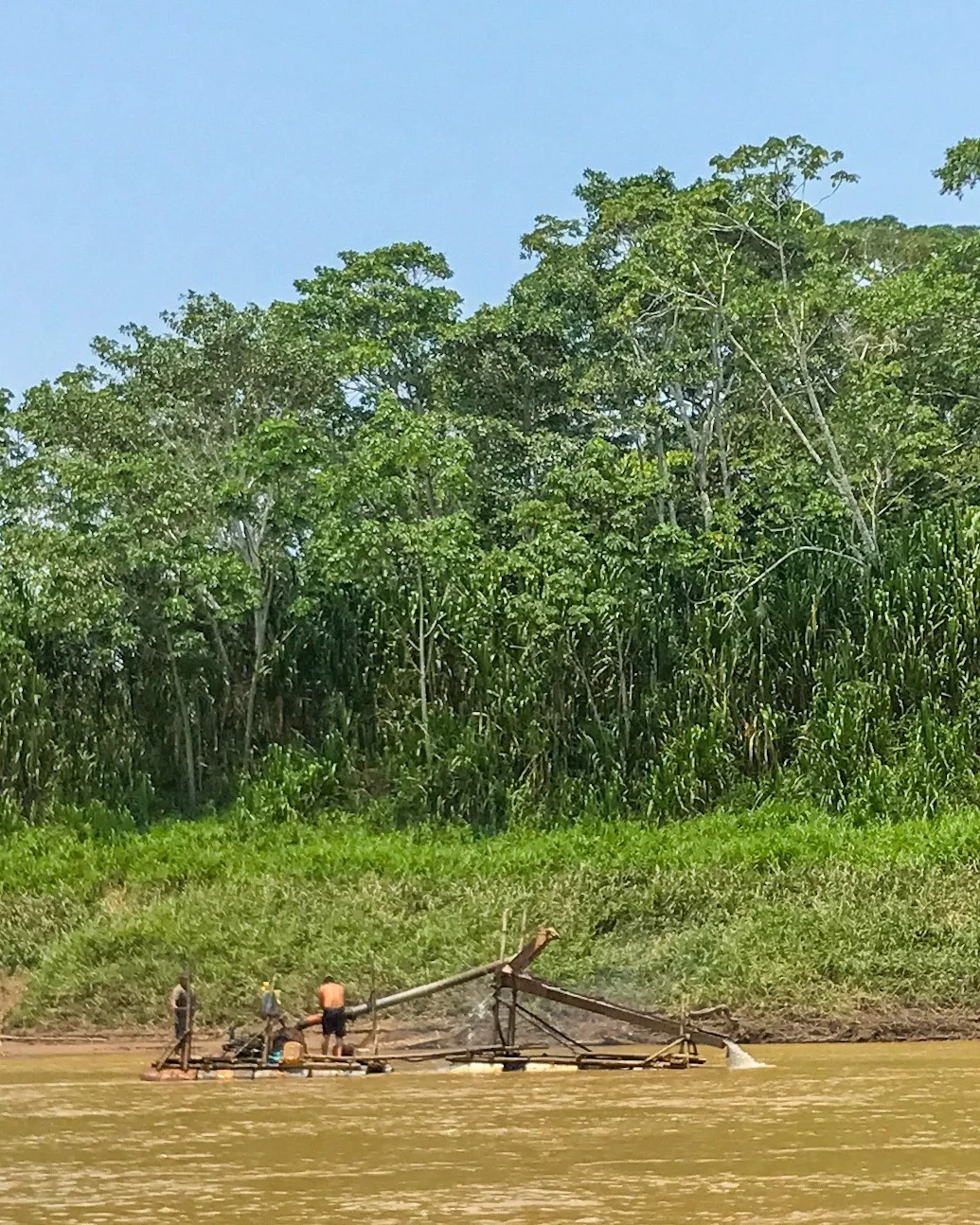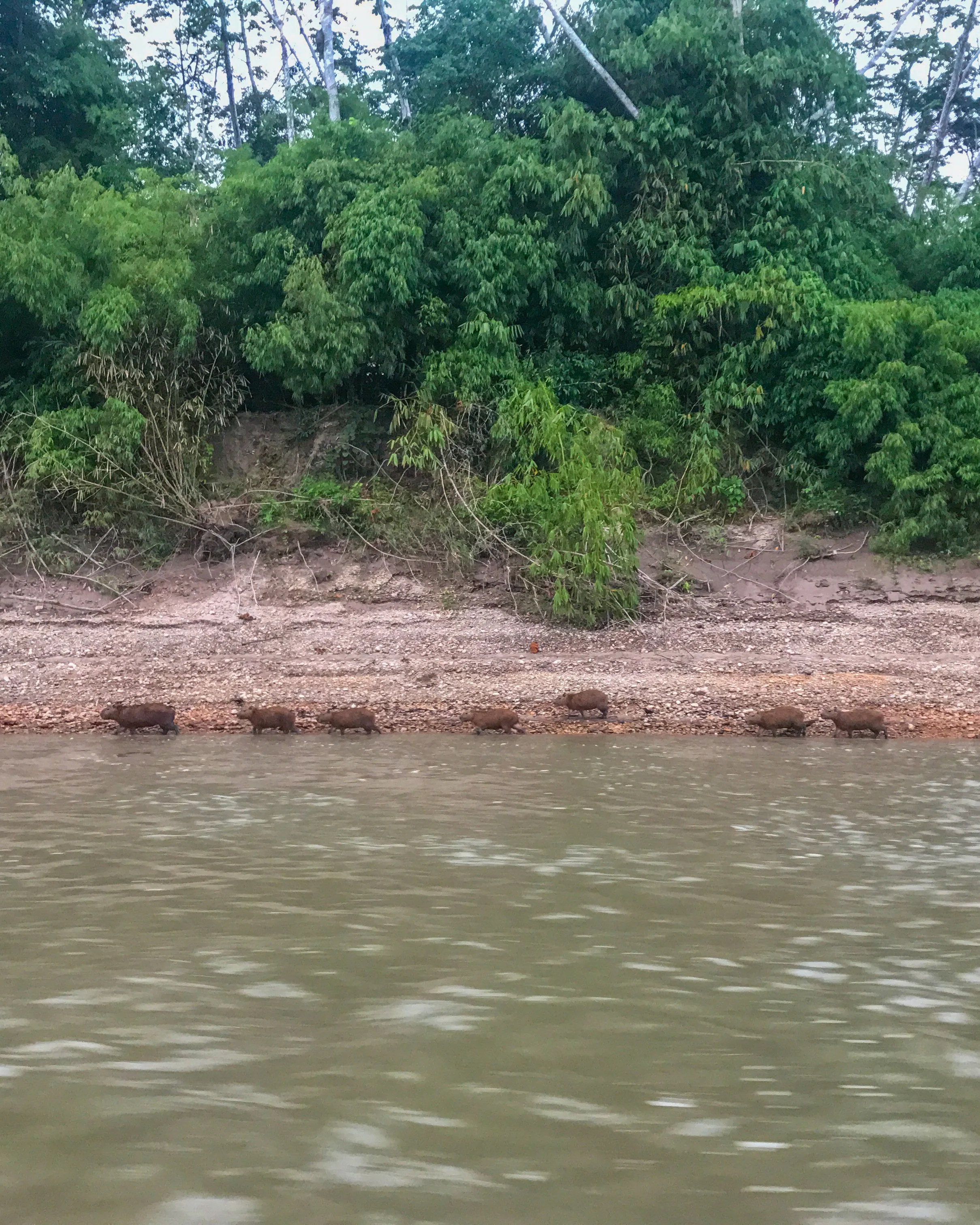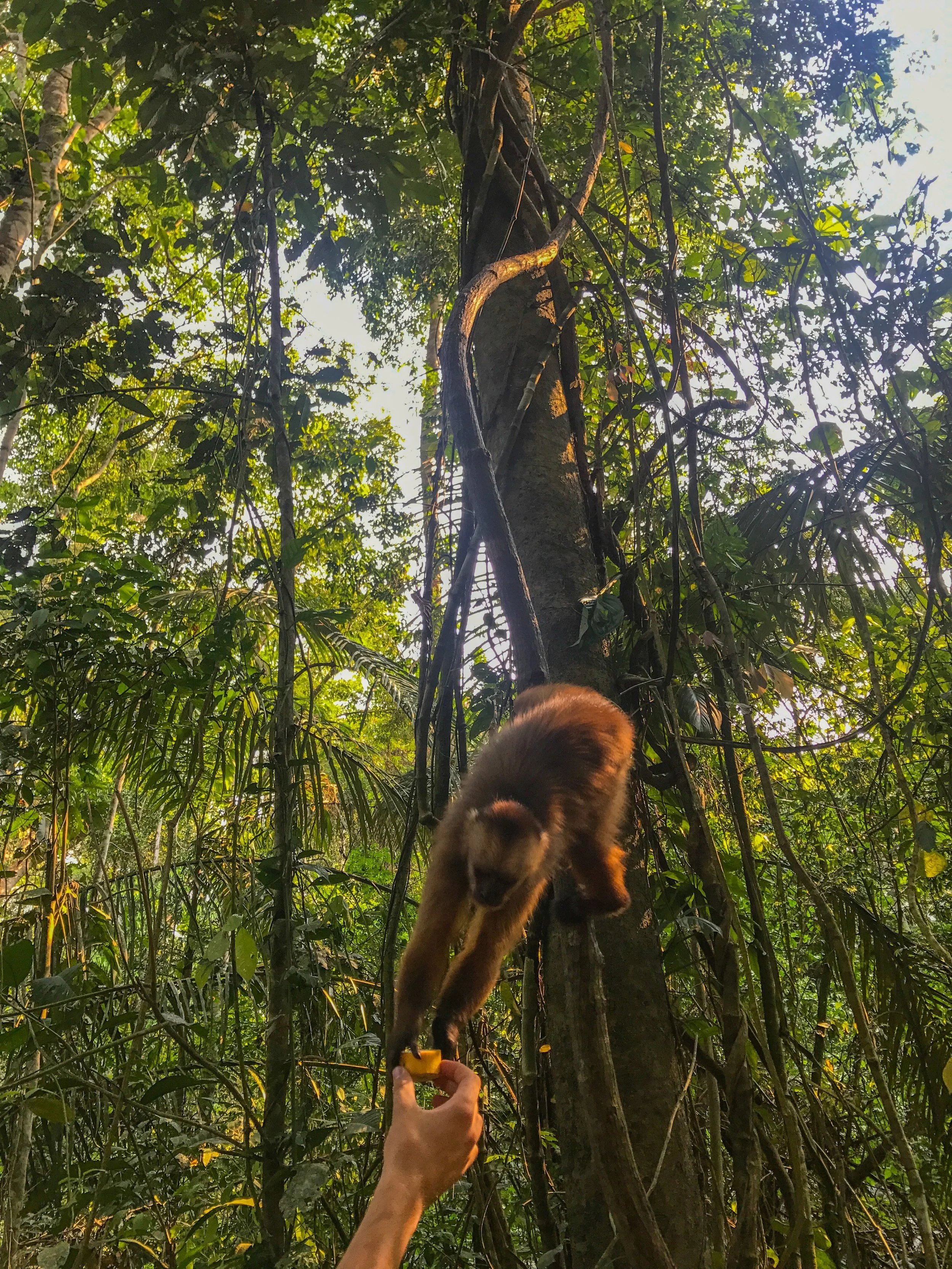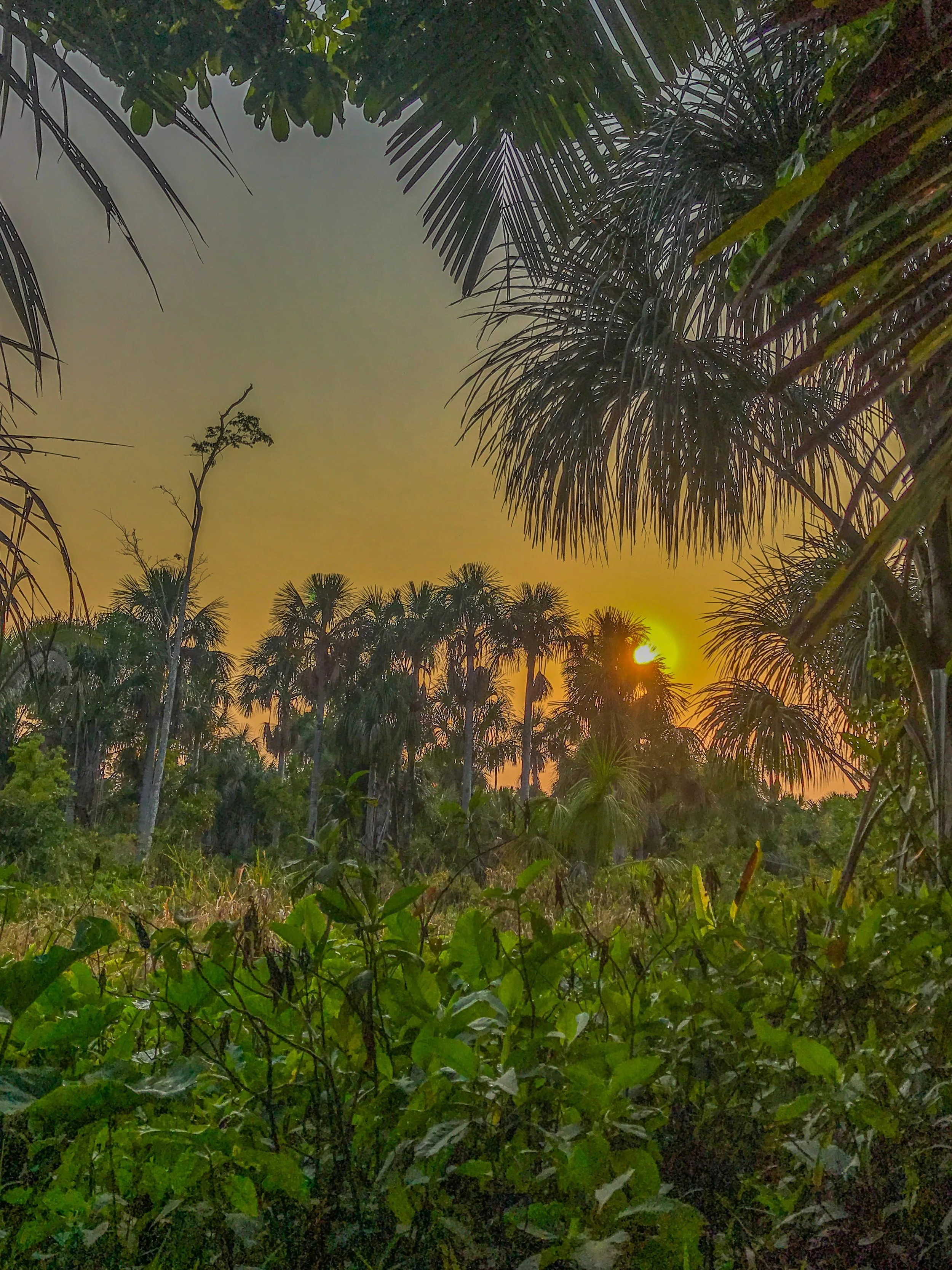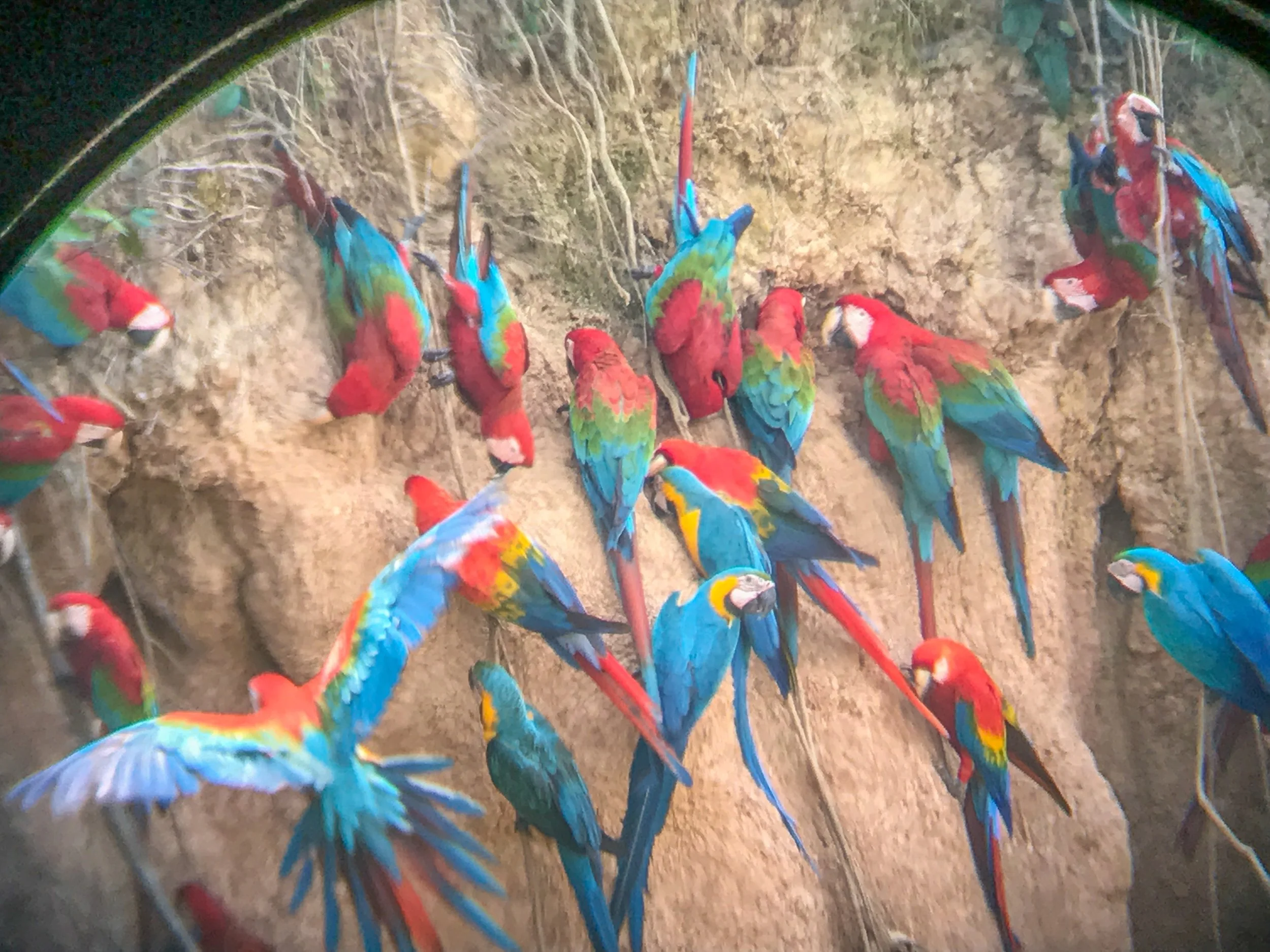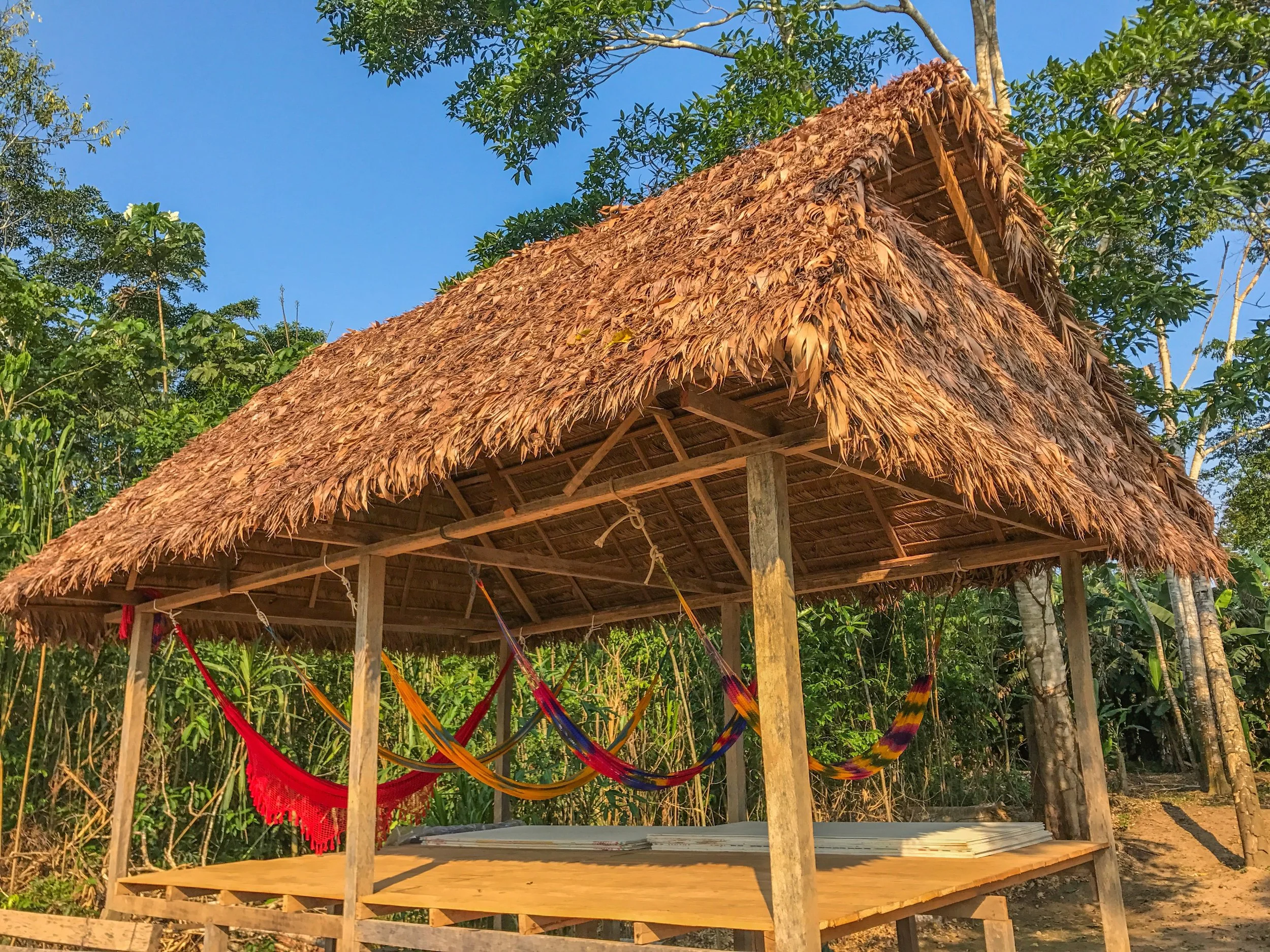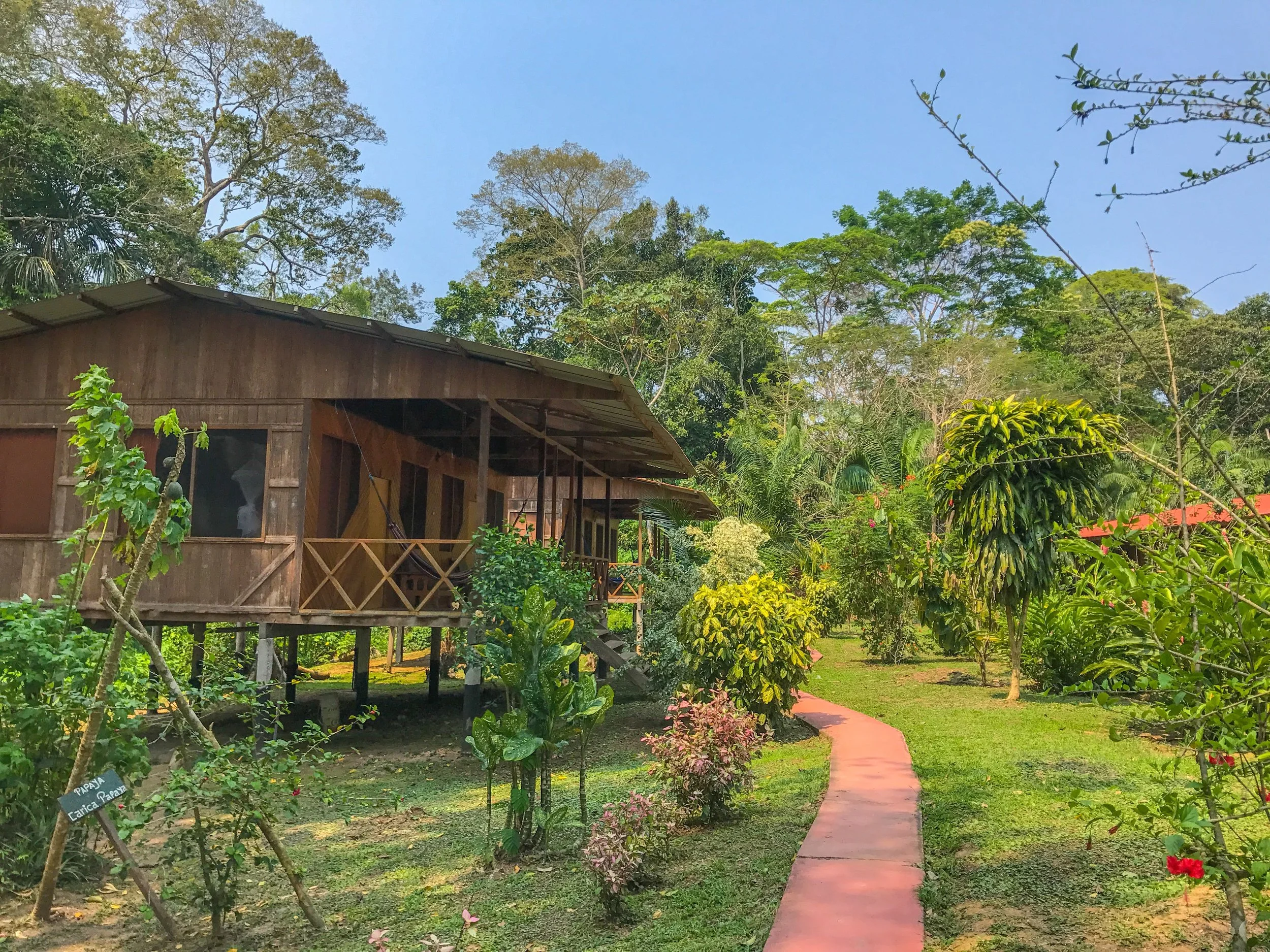Puerto Maldonado: Peru's Amazonian paradise
Hoatizn: The Amazon's punk rock bird
Gold mining polluting the river in Puerto Maldonado
Capibara: the world's largest rodent
No trip to Peru is complete without a visit to the Amazon. Iquitos, located in northeastern Peru, is the largest and most well-known Amazonian city within Peru and receives a tremendous amount of tourism as a result. The tourist industry there is well-established and thriving, which is precisely why I decided to opt for the less touristy southeastern Amazonian city of Puerto Maldonado. Bordering Brazil and Bolivia, the small town of Puerto Maldonado itself offers little more to tourists than a sleepy town square, unlike Iquitos, which offers innovative restaurants and lively markets to explore.
All of the hour-long flights from Cusco were booked for the next four days so I caught a surprisingly comfortable and spacious 10-hour overnight bus that offered blankets, personal TVs, and served sandwiches. I arrived in Puerto Maldonado around 7am and was initially unimpressed. Puerto Maldonado has been visibly impacted by an increasing mining industry and much of the city was a blend of brown, gray, and lifeless steel. Had I chosen the wrong jungle city?
Monkeys eat out of your hand on Monkey Island
Sunrise in the Amazon
Huge trees all through Puerto Maldonado's jungle
After a 45-minute ferry ride down the Madre de Dios river, I felt as though I had entered into a different world. Before me was a gorgeous jungle lodge, where friendly, attentive staff ushered me to my cabin, complete with a hammock on the porch and papaya trees in the yard. The afternoon was spent exploring the jungle, where we saw huge tarantulas scurrying into their holes and some of the oldest and largest trees in the world before hopping another small boat to Monkey Island. Half a dozen wild monkeys greeted us, rushing down the trees to eat bananas right out of our hands. After a delicious dinner of quinoa and vegetable soup, a boat took us along the river for a caiman night watch. Though it was only 6:30pm, it was pitch black outside yet the guides were somehow able to spot the alligator-like reptiles with only a flashlight. I happily turned in for the night at 8pm, crawling under my mosquito net and enjoying the most restful night of sleep I'd had in weeks. Quiet jungle noises soothed me to sleep and I woke up well-rested at 4am for the next jungle adventure.
Before sunrise, we piled into another boat (noticing a transportation theme?) and headed to the Tambopata National Reserve, where we began an early morning hike to Lake Sandoval. During the hour-long hike, we saw red howler monkeys sleeping, blue and golden macaws nesting, gigantic termite colonies, and leaf cutter ants marching in formation with their leafy bounty. In order to reach Lake Sandoval, we needed to hop in another small boat (surprise!) and navigate through a narrow channel, where we spotted a black caiman resting in the water, eyeing us from only a few feet away. Within Lake Sandoval, families of river otters played and fished for piranhas, huge white herons (one of the largest birds in the Amazon) flew by, and groups of capuchin and spider monkeys ran through the treetops playing (and fighting). My favorite animal was the hoatzin, also known as the "stinky bird", whose bright, spiky crown gave it a distinctly punk rock sensibility. Accompanying its distinct look was a very unique sound - a wheezing noise that sounded like the bird was having an asthma attack.
That evening, while most visitors headed out for an jungle night hike, I hopped in a 4x4 with a lovely group of guys from Cyprus and headed deep into another part of the jungle. Just when I thought we had arrived, we were ushered down a steep hill and climbed into a small boat (of course) to reach the lodge across the river. The following morning, another boat sped us along the river to our next adventure. Along the way, we spotted a large family of capibara, the world's largest rodent, that looked almost like small bears slowly sauntering along the water's edge, one with a small bird perched on its head. By 6:30am, we gathered near steep walls of red clay to observe the world's largest clay lick. Hundreds of macaws and parrots assemble each morning to lick the clay. Scientists aren't entirely sure why, but suspect it has to do with mineral deficiencies. Many hours passed and every time the group of birds got closer and closer to the clay walls, a predator (usually jaguars and hawks) scared them away. Most tourists got sick of waiting and left before all the birds returned. Though the birds' bright blue and red feathers were visible from the official viewing area, binoculars offered a spectacular up-close view.
My next few days were spent with a shaman, experimenting with the sacred Amazonian plant ayahuasca, which is definitely for a different blog post.
Macaw clay lick
Nap time in a jungle lodge
My lodge near Puerto Maldonado
Related Articles
Choquequirao: The other Machu Picchu. This ancient Inca wonder is larger than Machu Picchu but receives very few visitors due to its difficult-to-access location
Machu Picchu by Bicycle, Raft, & Zipline is about the non-traditional route I took to explore one of the 7 Wonders of the World by bike,
Peru's Desert Oasis: Lake Huacachina is one of the only true desert oasis in the world. Tens of thousands of tourists flock here to swim, sandboard, and speed through the desert in dune buggies.
Lake Titicaca's Knitting Men and Floating Reed Islands explores the most unique village I've ever visited, made up entirely of islands made of reeds.
5 Things to do in Cusco, Peru: More than a pit stop on the way to Machu Picchu, this lively city is a starting point to explore ancient Inca agriculture labs, salt, mines and "rainbow mountains"


